People
Jun Escario: Chapter XX
On the 20th year of his career, Jun Escario shares thoughts on his personal and professional evolution, and an outlook that has made him a staying force in the fashion industry. As he presses forward, he takes a more minimal design aesthetic and now subscribes to a lifestyle that he declares monastic.

On the 20th year of his career, Jun Escario shares thoughts on his personal and professional evolution, and an outlook that has made him a staying force in the fashion industry. As he presses forward, he takes a more minimal design aesthetic and now subscribes to a lifestyle that he declares monastic.

Much has been said and written about Jun Escario, which isn’t at all surprising considering his impressive tenure, which includes many high fashion editorials, awards like the Best Philippine Designer from the French Concourse International in 2002, and a loyal roster of clientele that boasts names often seen on the best-dressed list. But he sees no point in talking about the past here.
Twenty years in the fashion industry has turned the once enfant terrible poster boy into today’s heir to the throne of luxe. After partying hard and taking in the intoxicating highs of the fashion world, Jun has admittedly turned monastic—and by monastic, he means staying home more often or walking his cuddly Chihuahuas Flick and Georgie on Sundays. It seems life has taken on a more leisurely pace, his spot on the dance floor has turned over to others too young to remember his gyrating days. Now, Jun’s version of luxury has turned into something simpler: solitude in the midst of the chaotic world of fashion, silence against the voices of trends and caprices, and permanence versus the ever-shifting plates of personal taste and preference.

That’s not to say he’s completely disappeared off the radar. When in Manila, his time is divided between shuffling between his shop in Greenbelt 5 and his atelier at the LPL Towers, and attending social engagements. After all, visibility is key to being a top player in the glam world of the Philippine capital. “So much of my late afternoons and evenings are spent hopping from one event to another, a rather taxing social life that I enjoy no matter how limited my time is,” Jun explains.
It’s a busy schedule that makes Jun pray for a saint’s gift of bilocation. “I shuttle between Manila and Cebu every week,” he says. “I spend three days in Manila and four days in Cebu, and add to that Panglao Island in Bohol during the coming months. Can I divide myself into three equal parts?” he deadpans.

His shop in Cebu has since moved to the family residence, devoted to RTW production while catering to a reasonably healthy clientele that has stuck it out with him through the years. “These are clients who have seen me evolve as an artist through the years. In turn, I too have been a witness to their career changes, lifestyle choices and personal growth. They have become friends, almost family even.”
Jun takes pride in being part of his client’s personal moments, but weddings are extra special. “To me, wedding gowns are a joy to work on. To capture and fulfill a bride’s ardent wish to be most beautiful on her wedding day is a privilege that only fashion artists get to have,” he shares. “After 20 years, I am now in a stage where I am doing the wedding gowns of second-generation clients! So I’ve seen their rites of passage, and my diminishing hairline is proof of that. But my body hasn’t aged a bit,” Jun laughs, tickled by his own narcissism.
Jun’s take on glamour and sophistication is unaffected, as if it’s a concept that comes all too naturally with him. “There are many who equate sophistication and glamour with being cold, distant and unreachable. That is so untrue,” he negates. “Real sophistication is warm, approachable and very personal. One does not wear glamour, one lives it.”
Such is the philosophy of Jun Escario that he finds it imperative to know his clients on a more personal level. “An artist needs inspiration,” he explains. “Each person has that innate sense of sophistication and glamour. My job is to let that out, until it exists confidently on its own in a very casual and natural manner.”

His ability to create dresses that fit to his clients’ lifestyles might ultimately be the reason why many have been patronizing his designs for years. “I make dresses that my clients will feel good and be comfortable in,” he says. “I start by looking at my client’s shape and personality before even making a sketch.”
Mirroring his newfound appreciation for the laidback life, his clothes now show a crisper side to his design philosophy. “I used to do body-hugging shapes with stretchy fabrics,” he shares. His former collections that highlighted feminine curves was never gauche though; in fact, a telling sign of Jun’s degree of tastefulness is his ability to create plunging necklines and thigh-high slits that are more charmingly alluring than completely risqué. “It’s something I can still do, but it would depend on the situation. I want to do more mature and cleaner cuts, but of course, it will still be sexy.”
His years of experience have given him the tools to keep up with the changing industry. “It’s about loving your craft and finding happiness in what you do,” he shares. “There are certain things that are important in being a designer, like making sure to communicate with your client, and staying current without being dictated by trends. But in the end, it’s about being comfortable with change.”

But perhaps the reason why Jun Escario remains such an influential force in Philippine fashion is creative integrity, which he insists is his staying power. “Take the Fashion Council, for example. There is true respect among its members who have individually made their marks on the industry, like Philip Rodriguez, Arcy Gayatin and Oj Hofer, among many others. These artists have worked hard to establish their individual styles and approaches to fashion. They have honestly paid their dues.”
Of course, there are some things about the local fashion industry that could stand a change. “There are quite handful of designers who make business out of being copycats. Their work is but cheap versions of another designer’s work. And what’s worse is that these already cheap versions have even cheaper mutations. Where is the integrity there?”

“The thing with the business of glamour is that there only two choices to make: either you copy or you make your own; either you follow trends or you set them; either you set your own individuality or settle for mediocre similarities,” he advises. “These designers should learn. It is okay to take inspiration from other artists, but to copy almost completely? That’s another story.” Jun, though, is the first to admit he’s had some missteps. “I also made mistakes along the way. And I guess the best lesson I learned in my 20 years is that nothing beats being your own man, being true and honest to your artistry. That’s a good way to make the news.”
It’s a philosophy that’s clearly working, with Jun being a relevant fixture in local design and showing no signs of stopping. His wilder days may be tempered, but there’s still a hint of feistiness that comes through, which makes his followers look forward to what’s to come. After all, if there’s one thing that hasn’t changed after 20 years, it’s that Jun can still do something completely unpredictable.

Monastic Marrakech “Solitude has become my friend. Silence is now a constant companion, and reverence is my state of mind. After 20 years in the fashion industry, I felt it was time to come up with a more quiet collection. I wanted the freedom to explore nothingness, to work with very little details and rely more in a fabric’s natural fall—how it relates to gravity and how it responds to movement. It is, to some extent, a form of fashion asceticism yet created for a cosmopolitan market. How do you become monastic in a place like Marrakech? How does an artist create in silence in order to inspire the noise of awe? This is what my 20th year collection is all about.”
Jun Escario celebrates his anniversary this month by partnering with Zee Lifestyle for a runway show that showcases a collection symbolizing his evolution as a designer. With the theme Monastic Marrakech, the show promises to present his clothes in a dramatic fashion and, really, his clothes deserve no less.
- by Shari Quimbo
- photography Dan Douglas Ong
- modelAR Dueñas (M.A.C. models)
- fashion assistant Rei Escario
- hair and make up Gari Son
- creative direction Doro Barandino
People
A Destination Wedding in Capiz; A Love Story in Focus
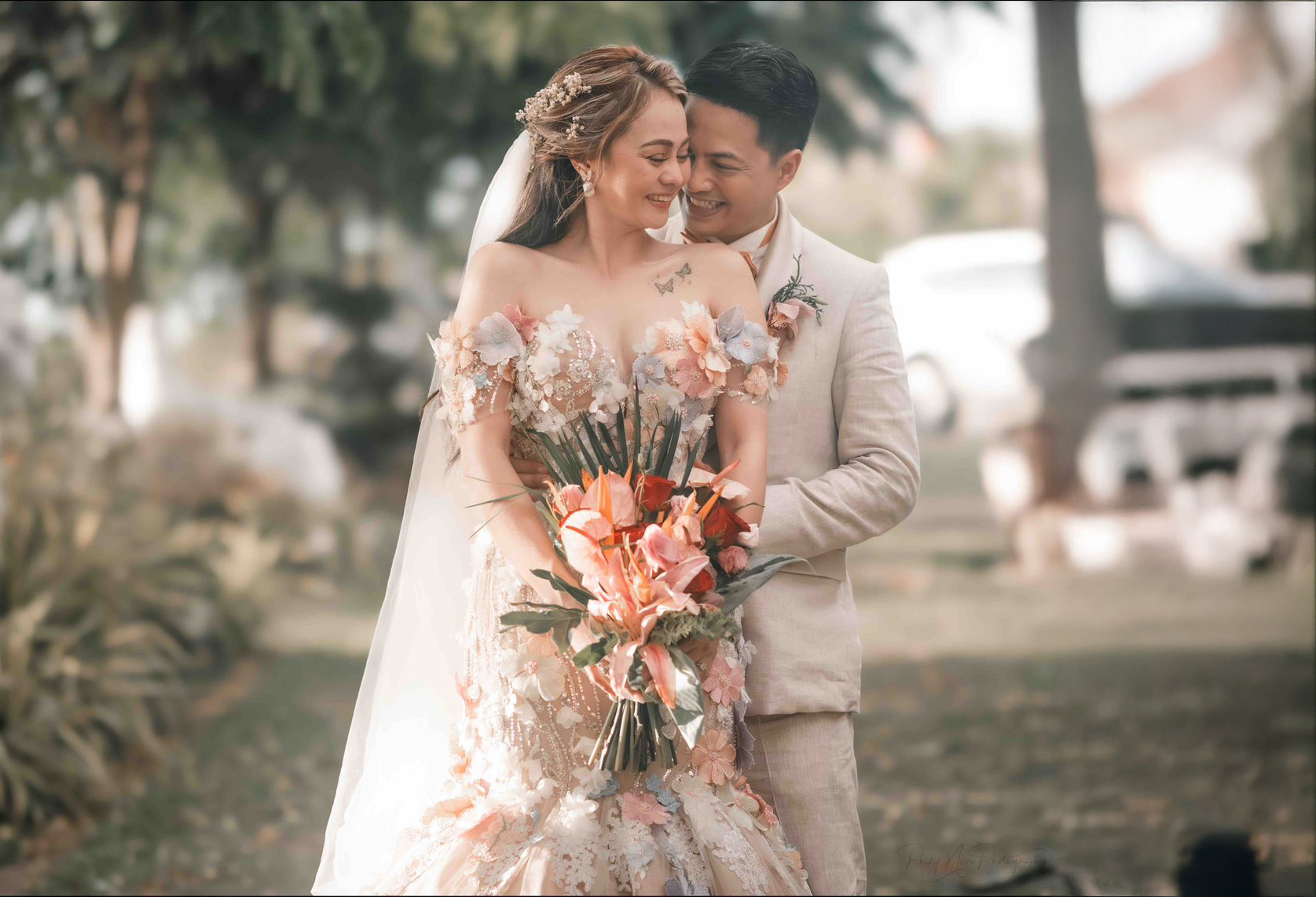
by Oj Hofer | photography by Pat Dy | styling by Romero Vergara | bridal gown & groom’s tuxedo by Oj Hofer
As June draws to a close—a month filled with vows, veils, and wedding bliss—it’s only fitting to end with a love story that began not in a chapel, but behind the lens of a camera. Meet the groom, Phillip Novo: a seasoned maritime officer commanding international vessels by profession, and a passionate hobbyist photographer in his downtime. Mr. Novo has captured countless scenes from around the world, but nothing compares to his candid portraiture study of the woman he would soon marry—Mitch Alianza—in a heartfelt ceremony at the Sacred Heart of Jesus in Roxas City, Capiz.

Philip keeps it classic in sun-washed Seychelles beige linen.

Mitch channels Persephone in a gown that blossoms with spring’s charm
Capiz became the couple’s destination of choice as an homage to the bride, who hails from the province. Historically, Capiz was the second Spanish settlement established in the Philippines. With its 80-kilometer coastline and a mesmerizing stretch of rivers and swamplands, the province offered a natural allure to the wedding party. Yet for the groom, it was more than scenery—it was about honoring his bride’s heritage and heart.
Their love story spans continents, email inboxes, and a few overpacked pieces of luggage. Phillip recalls their serendipitous encounter involving jumpsuits, hot air balloons, and the rhythm of a life lived in sync.

The Sacred Heart Shrine in Capiz, transformed into a lush tropical dreamscape.

Wicker baskets, solihiya chairs, and cascading greens brought understated elegance to the naturalistic reception at Istorya Forest Garden.
How did you meet Mitch?
Right after covering a friend’s wedding. I spotted her navigating the space with this quiet confidence. We didn’t even speak—just exchanged a look. Later came a few messages, a first date, and her walking toward me in a black jumpsuit. That moment? Unforgettable. I thought, “Ka-Vogue!”
When did you know she was the one?
Honestly, from the start. I had just closed a big chapter of my life—career goals, family responsibilities—and when I held her hand for the first time, I didn’t want to let go. Everything just aligned.
You proposed in Turkey—why there?
Cappadocia. Picture it: fairy chimneys, floating hot air balloons, and this surreal landscape. It felt like a dream, and in that dream, I asked her to marry me.
Who plans your trips—beach bum or mountain guy?
I map out the adventures, and Mitch plans what we wear on them. She packs only what fits and flatters—and trust me, she always looks like she stepped out of a fashion editorial. Our luggage deserves its own Instagram.
If you had 10,000 lives, would you marry her each time?
Every single time. Even if we met in another galaxy.
What’s one quirky thing you love about her?
She’s endlessly resourceful. Whether it’s an outfit or a life goal, Mitch can pull it together like no one else. She’s sharp, creative, and once she sets her mind on something, there’s no stopping her.
What’s your message to Mitch as you set off on this next big adventure together?
Hi, Love—keep holding my hand. No matter how the winds blow, let’s keep making memories, telling stories, and seeing the world—together.

A Sky Full of Balloons, a Heart Full of Yes — Philip Proposes to Mitch in Magical Cappadocia
People
The Cardinals–an Amazing Gallery of Portraits on Cardinals in the Philippines by Artist Jun Impas

by Jing Ramos
With the recent death of Pope Francis on April 21, the Catholic Church is now focused on the election of the new Pontiff. The succeeding Pope will be challenged with continuing Pope Francis’ appointments and reforms, which leaned heavily on social justice and environmental issues.
According to the Code of Canon Law, the two most important functions of a Cardinal are to advise the Pope on matters of Church governance and global issues, and most importantly, to assume a vital role in electing a new Pope when the Holy See (Sede Vacante) is vacant.
In 6th-century Rome, the first individuals known as Cardinals were the deacons of the seven regions of the city. Since then, Cardinals have become a privileged group among the Roman clergy. It wasn’t until the 11th century that Cardinals were officially granted the right to elect a Pope. They were given the honor of wearing a red hat, which soon became their symbol. Often referred to as “Princes of the Church,” Cardinals wear distinctive red attire and are addressed as “Eminence,” a title that conveys dignity and respect.
Currently, one of the most favored contenders to continue Pope Francis’ progressive agenda is Cardinal Luis Tagle. He brings significant experience as the Pro-Prefect for the Section of the First Dicastery. Also serving as President of the Interdicasterial Commission for Consecrated Religious, Cardinal Tagle is the Grand Chancellor of the Pontifical Urbaniana University. Beyond his titles, he is widely known in the Vatican as a trusted figure within Pope Francis’ core group.

Cardinal Luis Tagle and artist Jun Impas
Jun Impas, a highly respected Cebuano visual artist known for his realistic paintings, shares his gallery of Filipino Cardinals. The artist’s accurate and detailed depictions capture not only the physical likeness but also the presence of his subjects. “As a realistic painter, my works revolve around human figures, religion, significant cultural events, and quintessential Filipino scenes. I believe in the beauty of the ordinary, and that the most touching and telling of any story is better felt when captured in infinite duration, as in a realism painting,” the artist concludes.
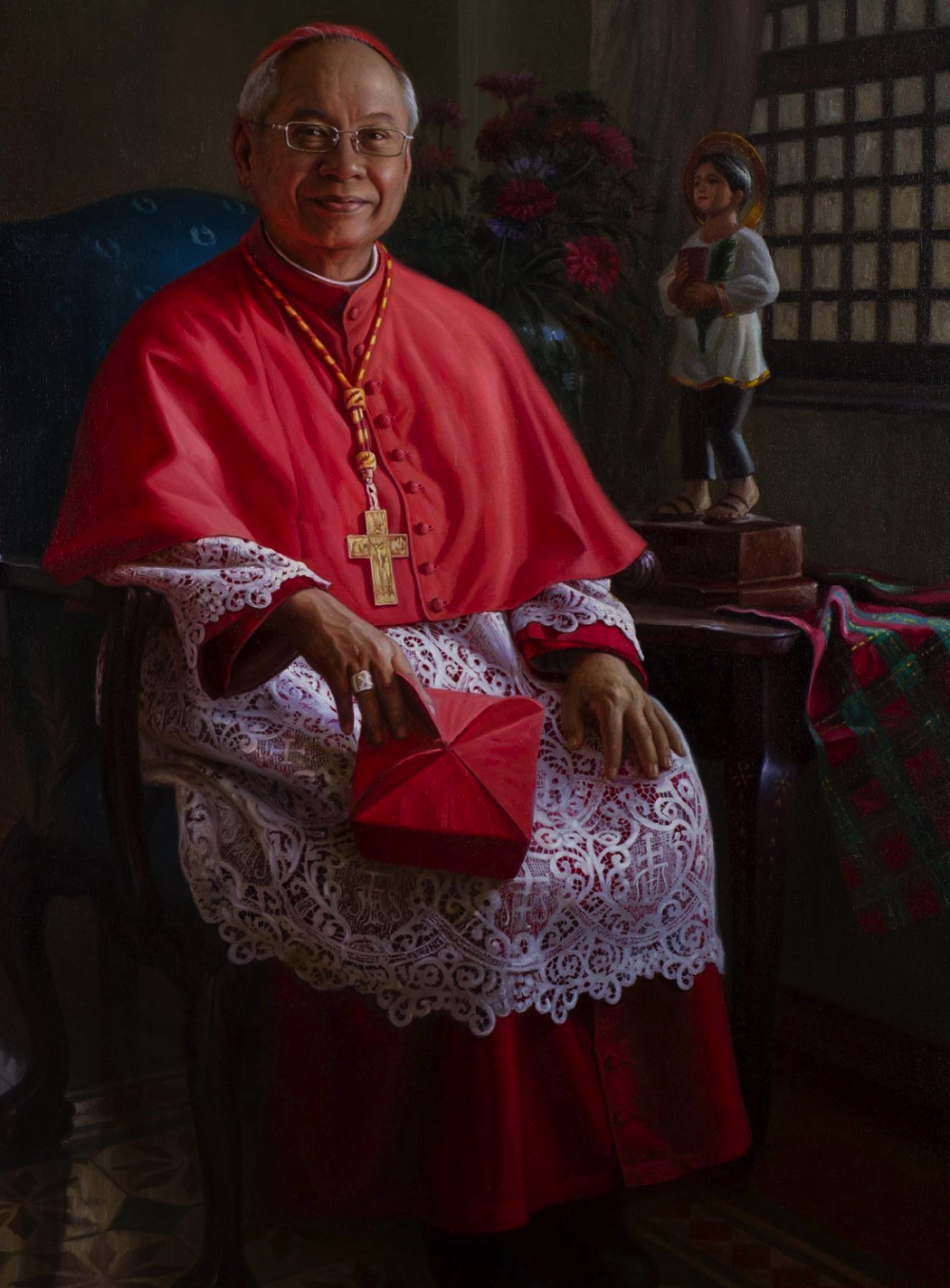
Cardinal Orlando Quevedo
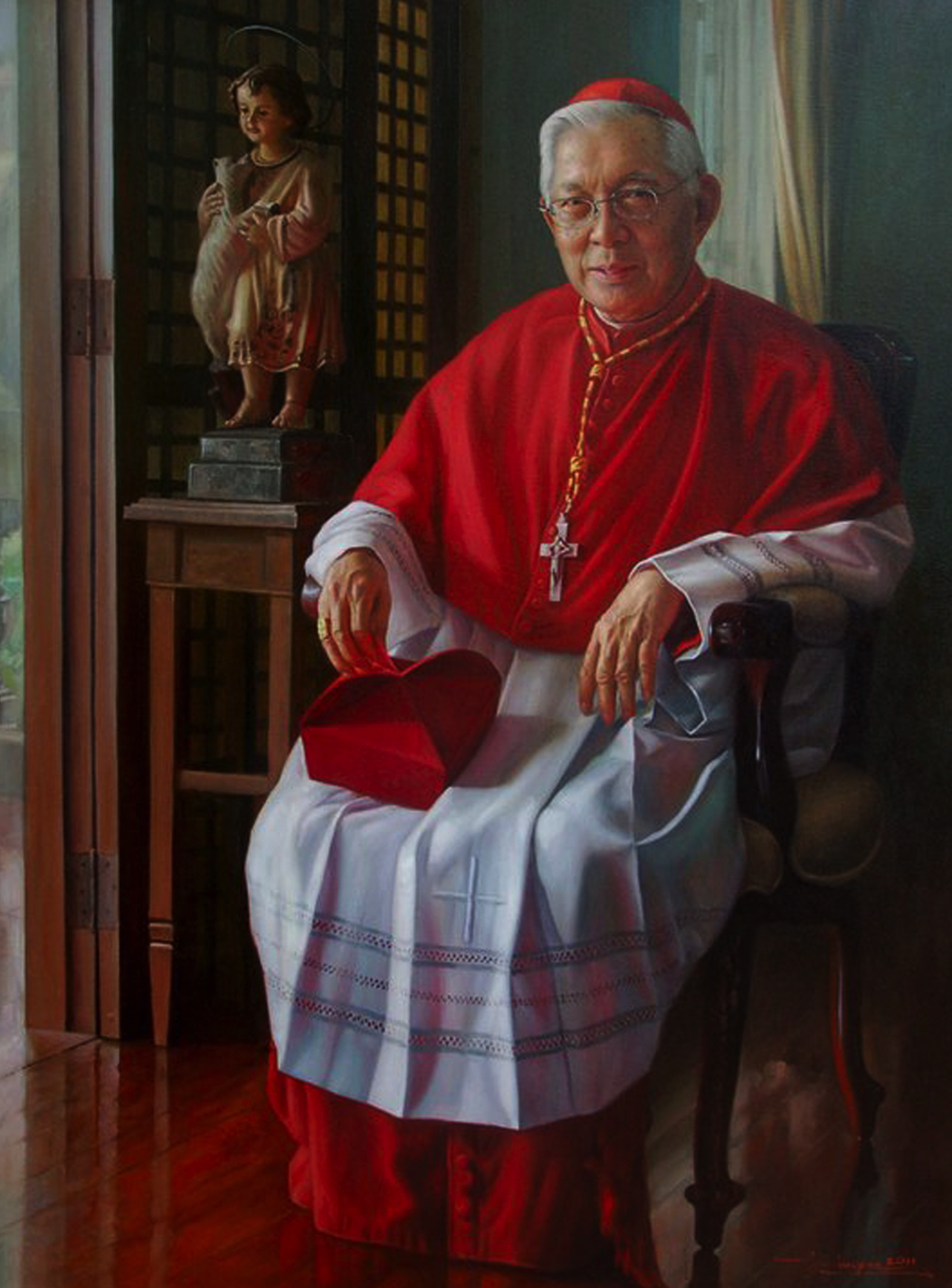
Cardinal Archbishop Emeritus of Manila Gaudencio Borbon Cardinal Rosales
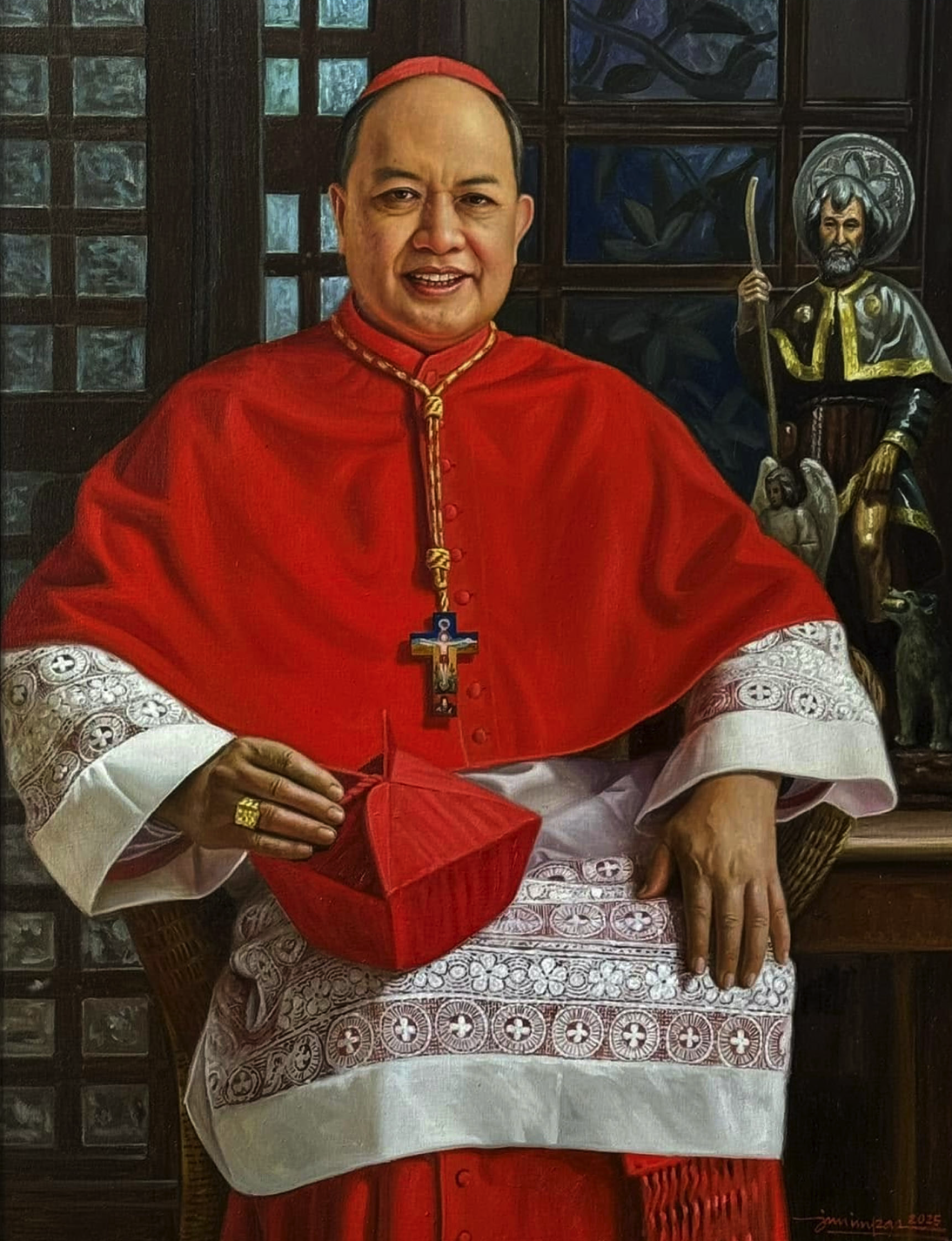
His Eminence Pablo Virgilio David, Cardinal Bishop of Caloocan
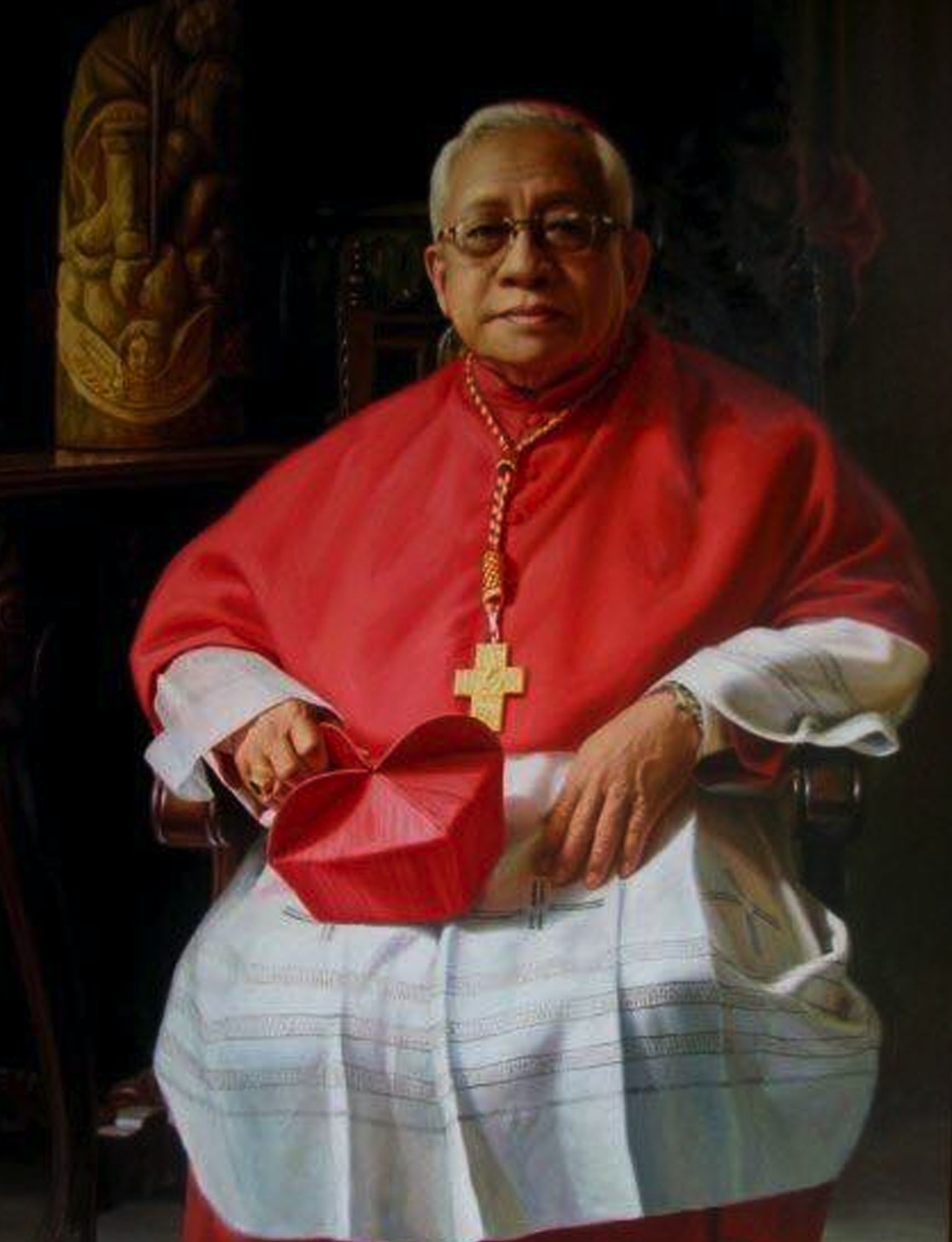
His Eminence Ricardo J. Vidal, Cardinal Archbishop of Cebu
Events
The First NUSTAR BALL
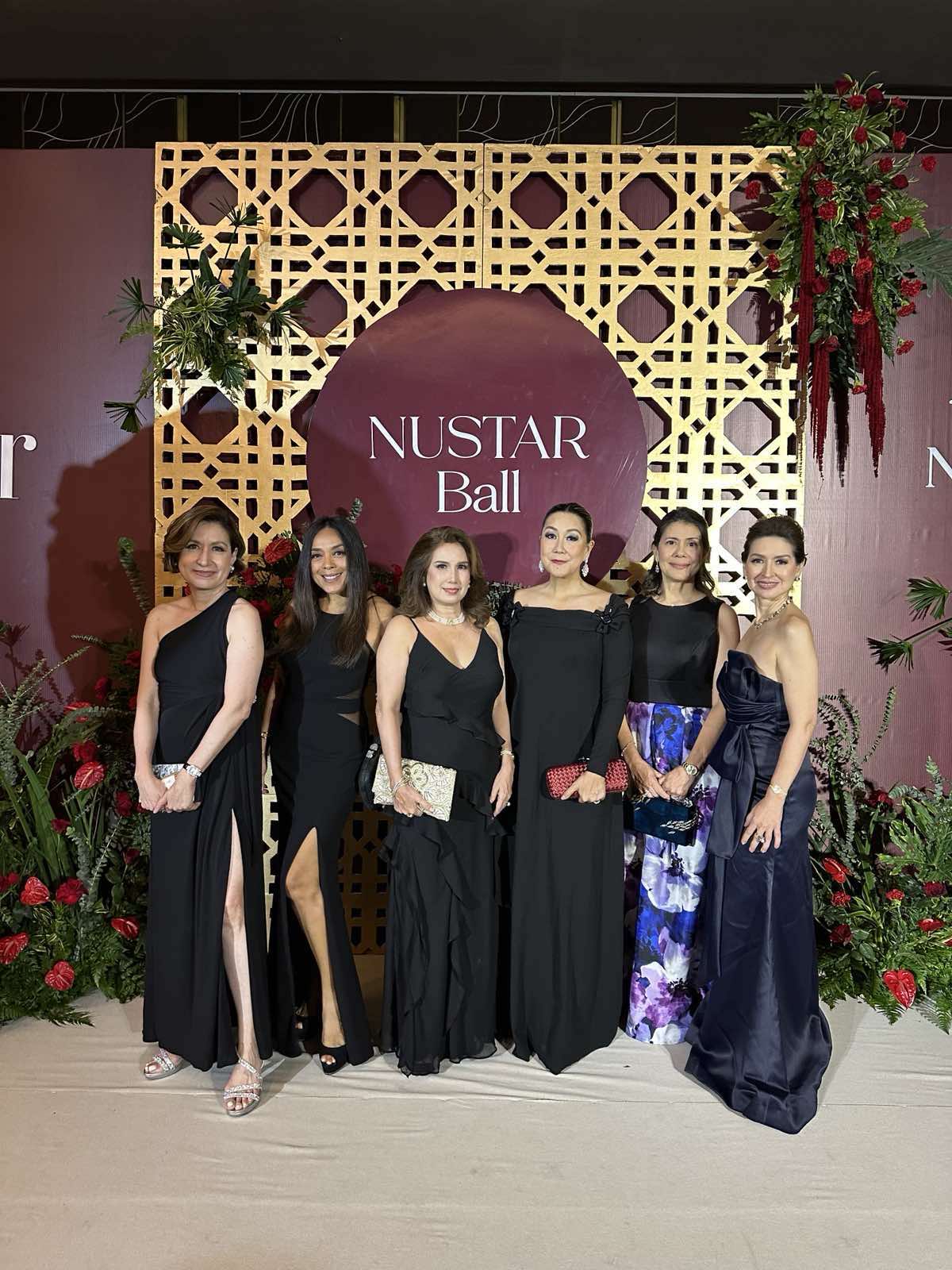
The NUSTAR Ballroom, a magnificent venue at the NUSTAR Resort and Casino in Cebu, sets the stage for last night’s first-ever NUSTAR Ball.

Black was the color of night at the Zee table.
Glamorous guests from Manila and Cebu converged at the NUSTAR Ballroom, an exquisite venue within the NUSTAR Resort and Casino in Cebu. The evening unfolded with a seated 5-course dinner. The opulent feast started with Beetroot Salmon Gravlax, adorned with caper berries, caviar, set with delicate edible flowers; and a main course of Compressed Pork Belly with Crackling Skin and Baby Scallops. Another highlight was the auction of coveted items like Dior and YSL handbags, a limited-edition Bulgari watch, and an exclusive 2-night stay in Nustar’s opulent 3-bedroom villa—complete with a private pool and a dedicated butler. The charity evening benefited the Cameleon Association, an NGO based in Iloilo City created in 1997 that developed a global approach to act on the causes and effects of sexual violence against children.

Nora Sol, Beth Go, Frances Siao and Marylou Ong

Ina Ronquillo, Maryanne Aboitiz and Jackie Lotzof

Designers Jun Escario and Philip Rodriguez

Philip Rodriguez with NUSTAR Malls two power ladies: May Adolfo and Joanna Salazar

Lana Osmeña with Mariquita Yeung

PJ Castillo and Kaye Abad with Cary Santiago

Drew Sarmiento with LV Manager Adrian Decuigan

Cary Santiago with Eva Gullas

Manila socialites Julie Boschi and Ching Cruz with June Alegrado
It was a night of elegance, luxury, and unforgettable memories as ladies in long gowns and gentlemen in black ties danced the night away.
-
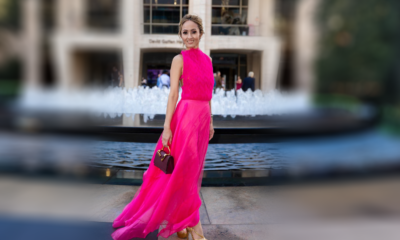
 Style2 months ago
Style2 months agoHappy Melendres Traipsing Around Manhattan in Non-Stop Armani
-

 Arts & Culture3 months ago
Arts & Culture3 months agoKultura. Kapital. Kasalukuyan: Art that Speaks of Today
-
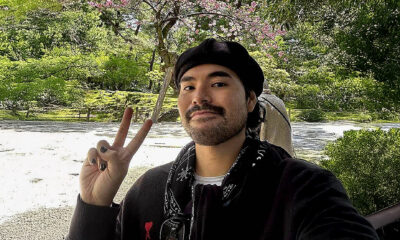
 Prime Target2 months ago
Prime Target2 months agoMiko Sarmiento: Turning Silk Scarves Into Works of Art
-
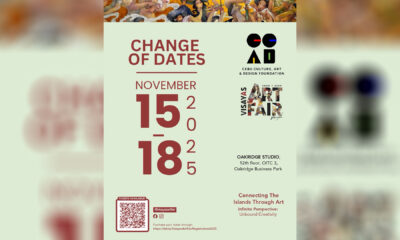
 Arts & Culture1 month ago
Arts & Culture1 month agoVisayas Art Fair Year 5: Infinite Perspectives, Unbound Creativity
-
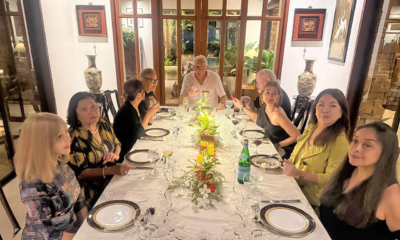
 The Scene3 months ago
The Scene3 months agoAnother Elegant Dinner at Chez Marguerite
-

 Prime Target3 months ago
Prime Target3 months agoLuna Vdl–Endless Summers in Siargao
-

 The Scene3 months ago
The Scene3 months agoA Stylish Soirée: Cebu’s Elite Celebrate Jackie Deen Lotzoff at Mad Thai
-
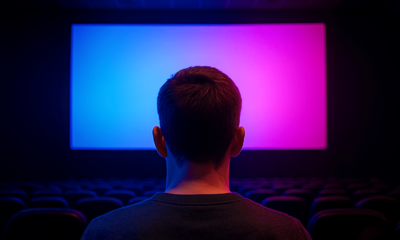
 QuickFx2 months ago
QuickFx2 months agoI Lost It at the Movies: Five of the Most Significant Films of the 1960s




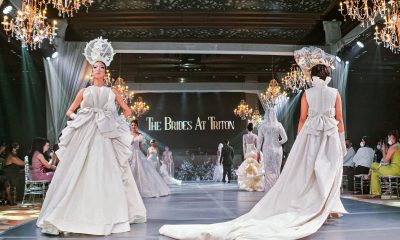



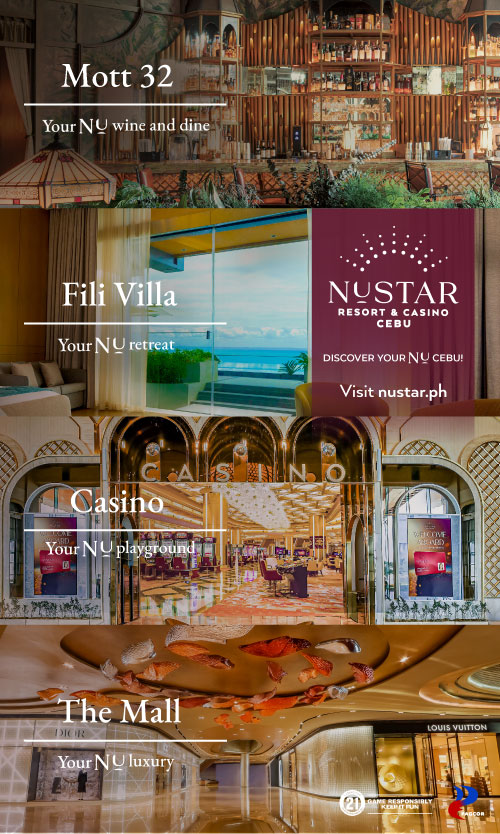



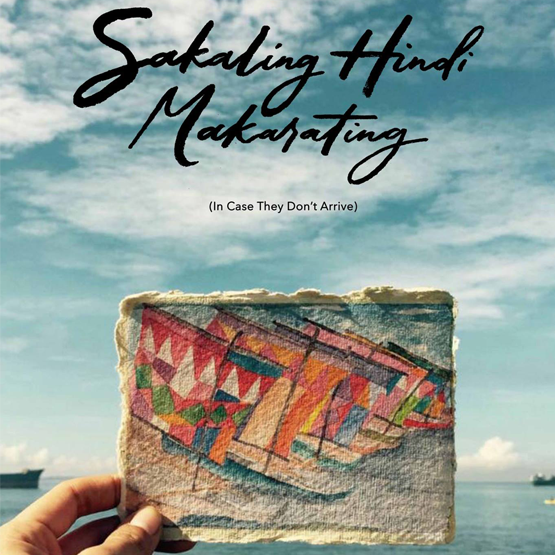




You must be logged in to post a comment Login